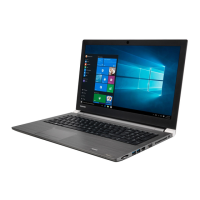
Do you have a question about the Toshiba TECRA A50 series and is the answer not in the manual?
| Storage | SSD or HDD options available |
|---|---|
| Graphics | Intel UHD Graphics or NVIDIA GeForce (varies by model) |
| Operating System | Windows 10 |
| Battery Life | Up to 8 hours (depending on configuration and usage) |
| Display Resolution | 1366 x 768 or 1920 x 1080 (depending on configuration) |
| Ports | USB 3.0, HDMI, VGA, Ethernet, SD card reader, headphone/mic combo |
| Wireless | Wi-Fi 802.11ac, Bluetooth |
| Processor | Intel Core i5 or i7 (varies by model) |
Computer not designed for critical applications; Toshiba disclaims liability.
Information on warranty, extended warranty, and service upgrades.
Tips for choosing a suitable place to use your computer.
Guidance on arranging your workspace for optimal computer operation.
Detailed advice on achieving and maintaining proper posture.
Instructions for the first-time startup and operating system installation.
Instructions for purchasing and installing additional memory modules.
Steps to create recovery media for system restoration.
Procedures to restore the system using created recovery media.
How to refresh the PC while keeping user data.
Steps to remove all data and reinstall Windows.
Instructions on how to back up files to various media.
How to operate the computer using its battery power.
Instructions for charging the primary computer battery.
Step-by-step guide to remove the computer's main battery.
Step-by-step guide to setting up a wireless network connection.
Information on setting and managing supervisor passwords.
Information on setting and managing user passwords.
Tool for managing configuration and system settings.
Utility to create recovery media for system restoration.
Reinstalls bundled drivers and applications.
How to set and use a supervisor password for security.
Information on setting up power-on password protection.
Addresses common problems like unresponsive programs.
How to use startup options to troubleshoot OS problems.
Steps to remove all data and reinstall Windows.
Restores the system to a previous state using restore points.
Recovers the OS using a specific system image.
Automates the process of finding and fixing OS problems.
Options for starting Windows in various troubleshooting modes.
How to check and change device configurations using Device Manager.
Solutions for common display issues like a blank screen.
How to run Error-checking to analyze and repair storage drives.
Using Windows features for backing up settings and data.
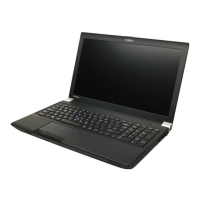





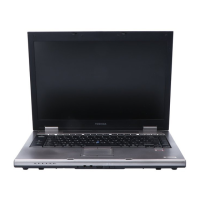
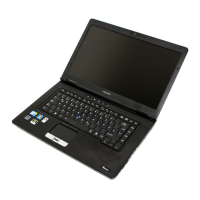

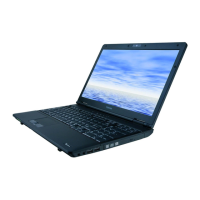

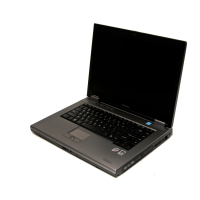
